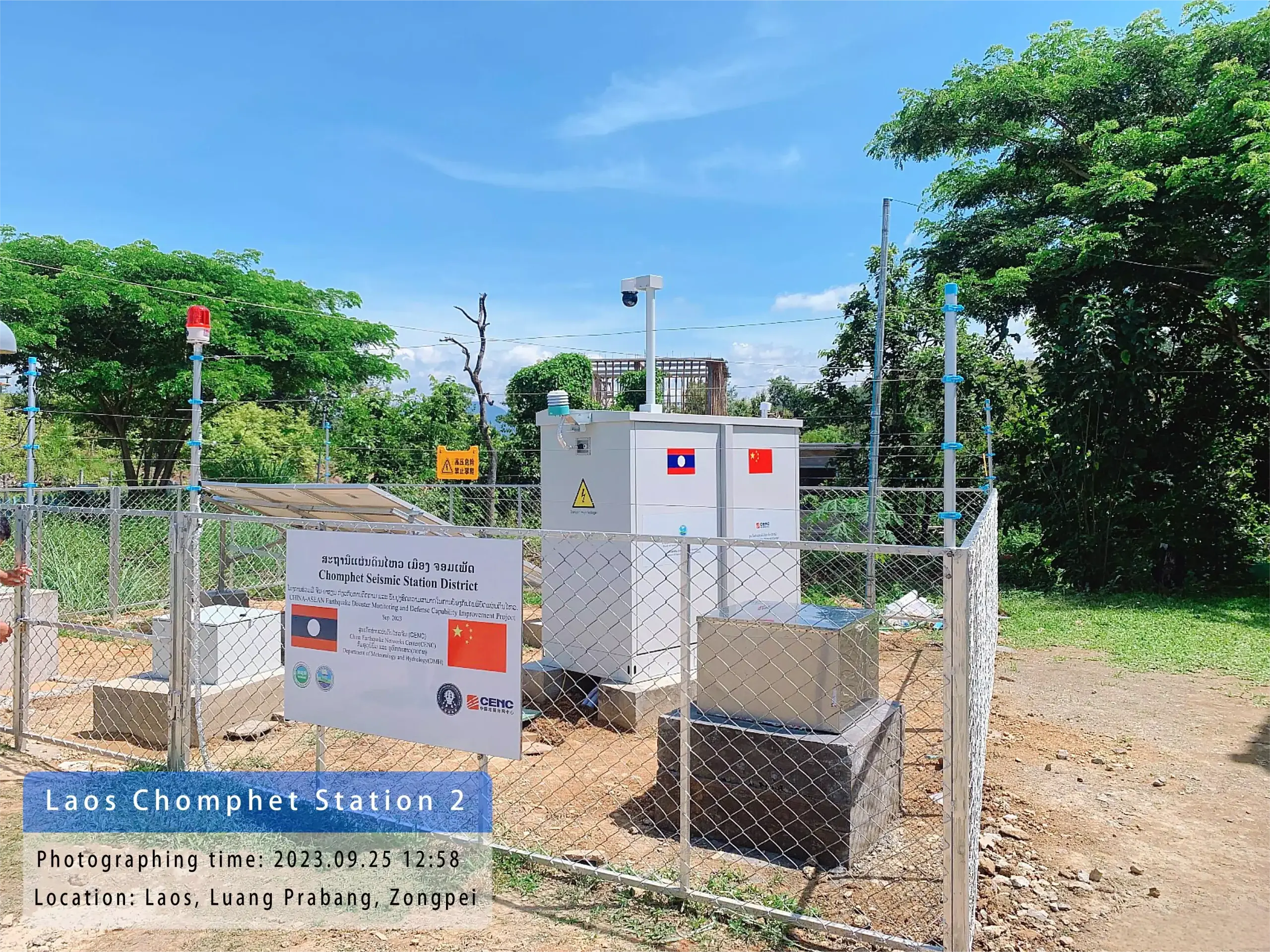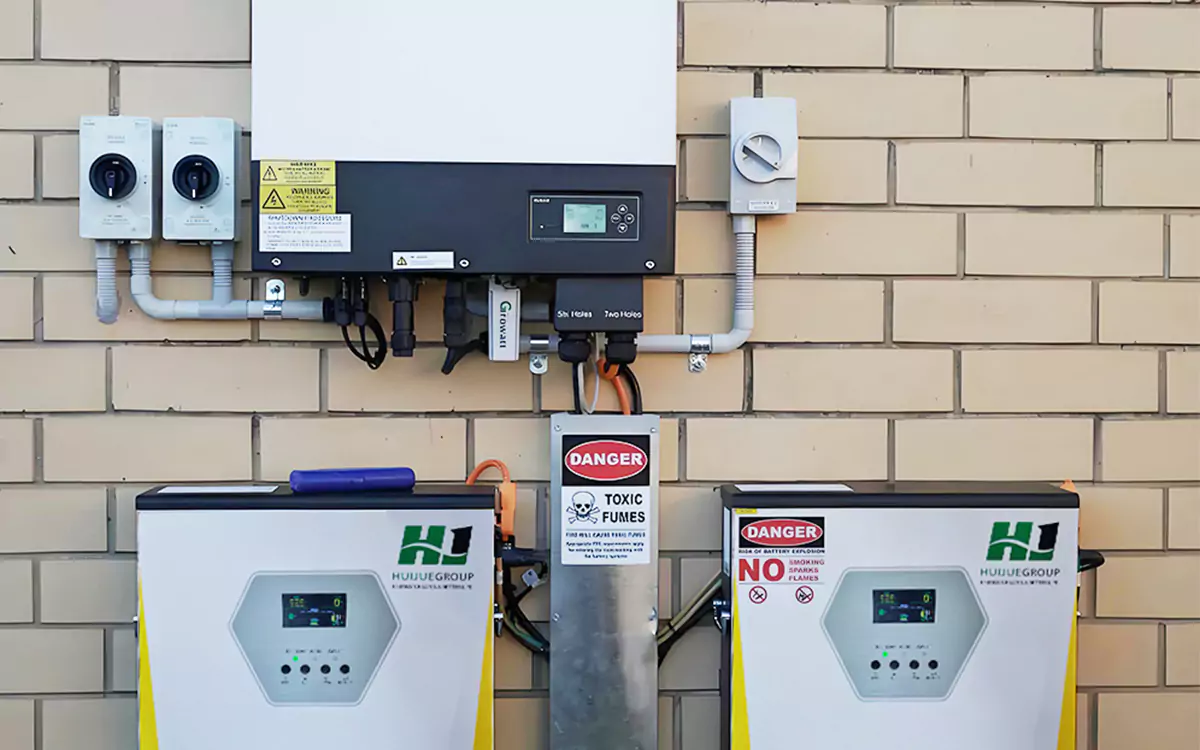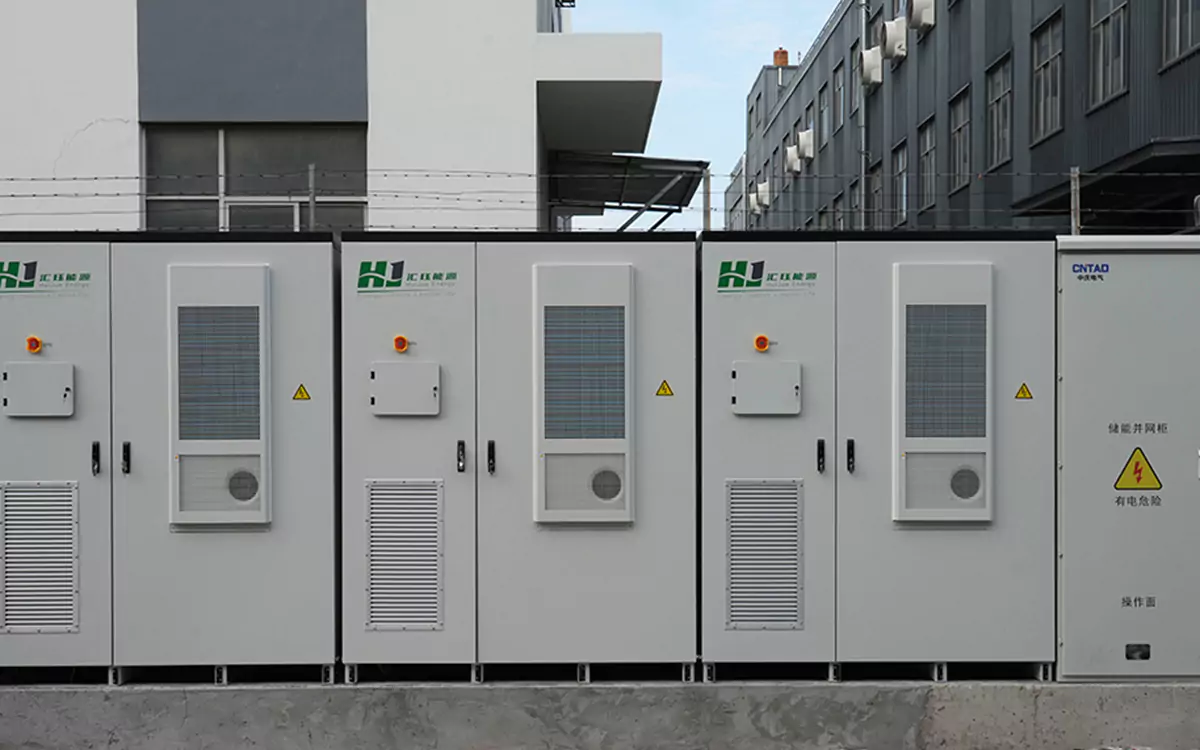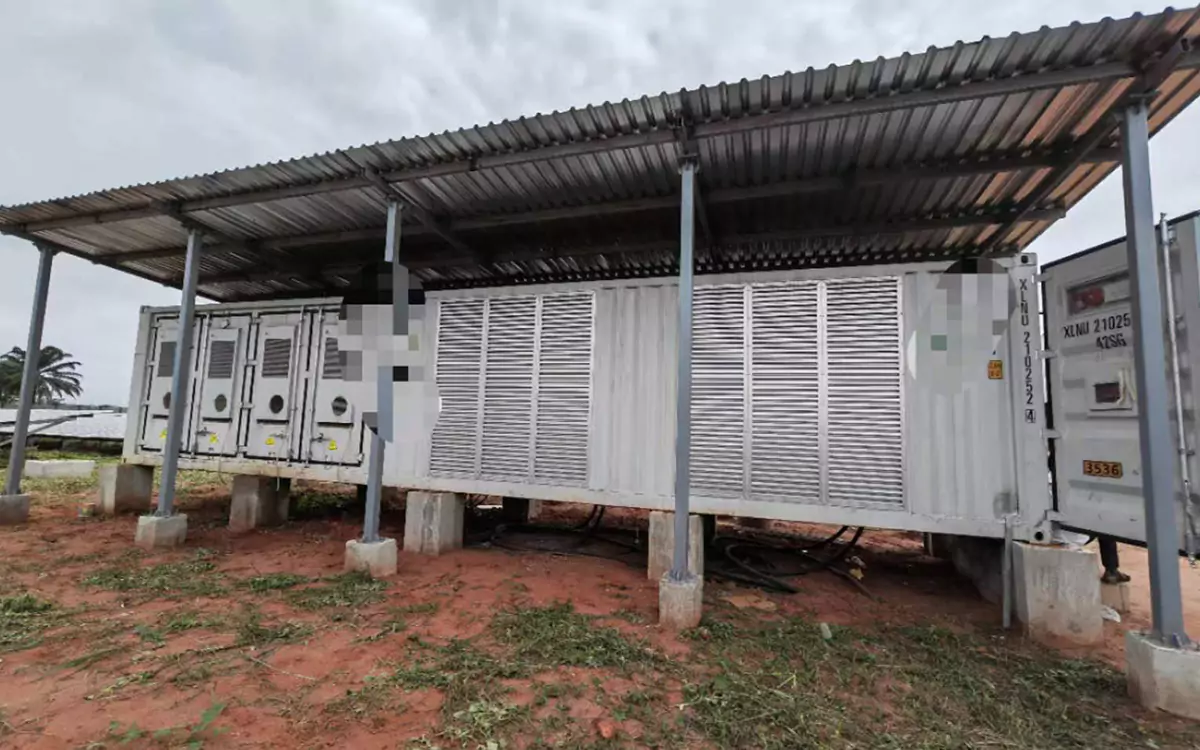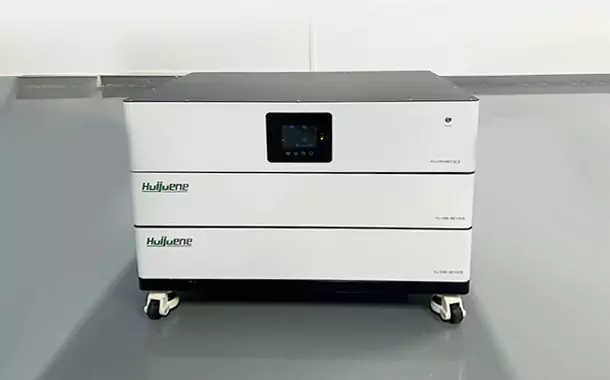Breakthrough in Solid-State Battery Energy Storage Technology: Ushering in a New Era of Energy Storage
Amid the vigorous development of new energy technologies, innovation and breakthroughs in energy storage have become pivotal forces driving the global energy transition. Among these advancements, solid-state battery energy storage technology stands out for its exceptional performance and vast potential, attracting significant attention from global research institutions and enterprises.
Technological Breakthrough: Core Advantages of Solid-State Batteries
The essence of solid-state battery technology lies in replacing traditional lithium batteries’ liquid electrolytes with solid-state electrolytes. This revolutionary shift not only significantly enhances energy density but also improves safety and cycle life. A prime example is the solid-state battery energy storage power station co-developed by Shiming Technology and Suzhou Qingtao, which achieves 30% higher energy density and a cycle life exceeding 8,000 cycles compared to conventional lithium batteries. This ensures more stable and efficient energy storage services over the same usage period.
Moreover, solid-state batteries excel in safety. With non-flammable, leak-free solid electrolytes, they fundamentally eliminate risks associated with traditional lithium batteries. This reliability is critical for large-scale energy storage systems, ensuring operational safety and supporting the widespread adoption of renewable energy.
Applications: Broad Coverage Across Multiple Fields
- Energy Storage Systems
Solid-state batteries hold immense promise for renewable energy integration. As solar and wind power capacities expand, the demand for energy storage to address intermittency grows. Solid-state systems enhance grid efficiency and reliability. For instance, in remote areas or islands, they can integrate with distributed energy sources to build self-sufficient microgrids, delivering stable power to local communities.
- New Energy Vehicles
Solid-state batteries could revolutionize electric vehicles (EVs). Their high energy density and rapid charging capabilities—such as Toyota’s prototype solid-state battery offering **1,200 km of range after a 10-minute charge—could alleviate “range anxiety” and accelerate EV adoption.
- Communication Base Stations
With 5G proliferation, energy demands for base stations have surged. Solid-state systems provide reliable backup power while reducing operational costs. For example, Weilan New Energy’s semi-solid-state batteries are already deployed in 1,000 communication base stations in Dongguan, supporting greener infrastructure.
Market Outlook: The Rise of a Trillion-Dollar Industry
The market potential for solid-state batteries is staggering. According to Gaogong Industry Institute (GGII), global shipments are projected to reach 7 GWh in 2024 and exceed 65 GWh by 2030, with applications spanning EVs, energy storage, drones, and robotics. Key sectors include:
Consumer Electronics: Flexible batteries for foldable smartphones and wearables.
Energy Storage: High-safety solutions for residential and grid-scale storage.
Specialized Fields: Aerospace, deep-sea equipment, and more.
As costs decline and technology matures, solid-state batteries are poised to dominate a multi-trillion-dollar market, creating vast opportunities for stakeholders.
Future Prospects: Sustained Innovation and Challenges
Despite breakthroughs, challenges like interface issues and material stability remain. Future R&D will focus on:
Developing high-ionic-conductivity solid electrolytes and advanced electrode materials.
Scaling production to reduce costs and accelerate global adoption.
With continued investment and collaboration, solid-state batteries will play an increasingly vital role in achieving carbon neutrality and reshaping the energy storage landscape.
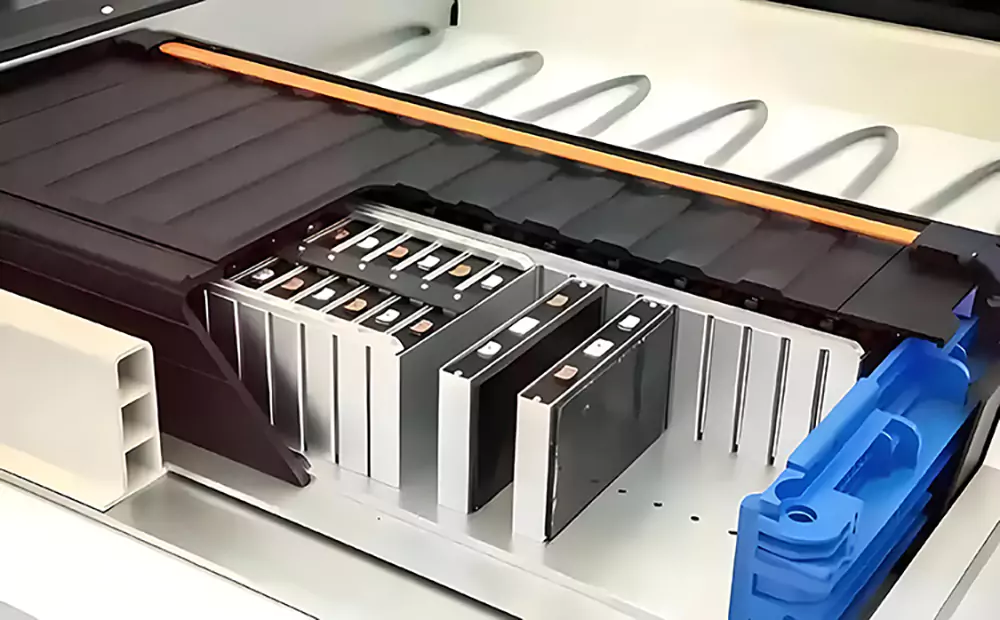
The rise of solid-state battery technology marks a transformative leap for energy storage. Through relentless innovation and cross-sector applications, it promises to drive the global transition to sustainable energy, offering robust support for carbon peak and neutrality goals. The era of solid-state energy storage has arrived—ushering in a cleaner, safer, and more efficient future.

 chinahuijue@gmail.com
chinahuijue@gmail.com
 +86 13651638099
+86 13651638099

